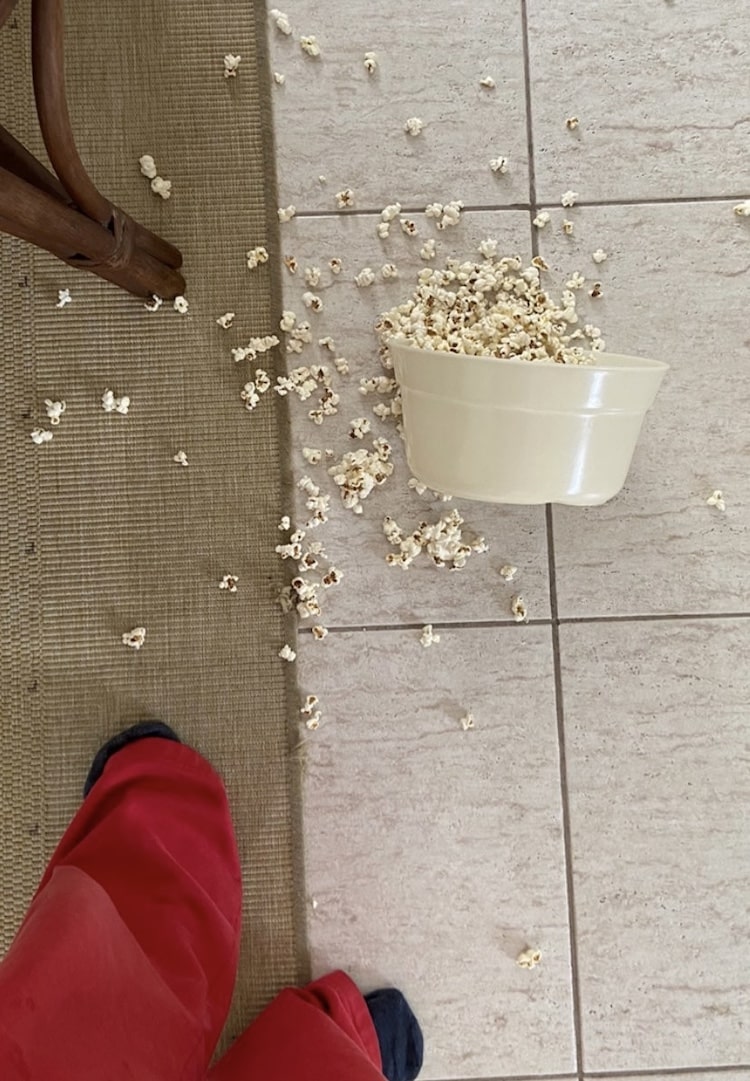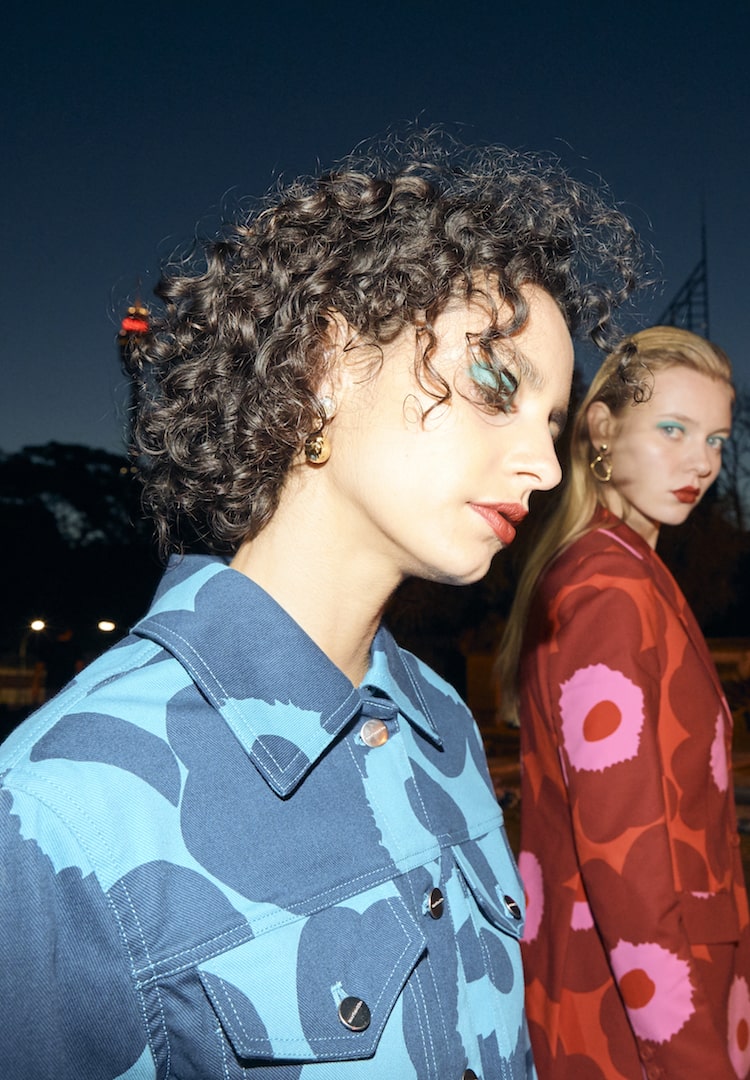What is maladaptive daydreaming and why is it all over TikTok?
WORDS BY SHAEDEN BERRY
“Sometimes daydreams are more rewarding than real life.”
If TikTok can guarantee anything, it’s that at some point during your scrolling, you’ll experience an illuminating moment of watching a video and thinking, ‘Wow, I thought I was the only one’. More than any other social media app, TikTok seems to have the uncanny ability to bring to light human commonalities. It either allows us to feel less alone or help us put a name to the strange habit we’ve always wondered about.
For more content like this, tap through to our Life section.
For me, that was the case when a particular video crossed my For You Page. It depicted a girl zoned out, making facial expressions, with the superimposed text ‘Me ten minutes into a fake confrontation with someone’. The video was stitched with another person who shook their head and said, “Thank god TikTok exposed me to maladaptive daydreaming because this is me all over”.
What is maladaptive daydreaming?
The term was coined by Professor Eli Somer, a clinical psychologist at the University of Haifa in Israel. The term refers to excessive daydreaming, specifically when a person becomes completely immersed in their imagination.
@yukixnakahara Okay maybe they’re imaginary, but the relationships feel very real. #maladaptivedaydreaming #daydream #mentalhealth ♬ Punk Monk – Playboi Carti
Separate from mind-wandering or succumbing to fleeting distractions, maladaptive daydreaming is often complex and detailed – but it is important to note maladaptive daydreamers don’t confuse their fantasies with reality. People succumb voluntarily to their daydreams, they aren’t sudden intrusions that disrupt their lives.
But everyone daydreams, right?
Yes, but maladaptive daydreams are usually incredibly rich and can consume people for hours at a time. Some people with the condition say they’ve created decades of history for a single character in their daydreams. This reminds me of when I was younger – at around 10 years old, I was creating complete fantasy worlds. They were so engaging and exciting that often I would ask to go to bed earlier, wanting to lie in bed, eyes closed, and simply daydream for an hour before I slept.
While I no longer do this, over the years I’ve had specific daydreams I return to – like opening a book I’ve read a thousand times before. I’ll slip straight back into the daydream, walk myself through the same motions as before, tweaking only slight details to make the experience even more perfect.
I’ve had moments of thinking my fondness for daydreaming was weird, especially in reference to the extremely specific detail of the fantasies themselves. I always put it down to the fact that I’m the youngest of my siblings by six years, meaning I spent a lot of my childhood having to entertain myself. I generally assumed my imagination was a byproduct of this.
But the descriptions of maladaptive daydreaming do feel incredibly similar to what I experience. At the time of writing, maladaptive daydreaming isn’t recognised formally as a disorder. But as Professor Somer stated in an interview with The Guardian, “It cannot be better explained by any other psychiatric condition”.
Professor Somer expressed in the interview that maladaptive daydreaming can become a coping mechanism to avoid negative feelings. In some cases, people use maladaptive daydreaming as a form of disassociation, a way to separate themselves from real-world issues and difficult situations, helping to avoid confronting emotions. Some people can also daydream to excess, losing hours of the day to their inner world and subsequently neglecting obligations and social connections.
It’s easy to see how this can happen. In my own experience, sometimes daydreams are more rewarding than real life. There’s an addictive quality to the emotions an inner world can provide, almost akin to the high of gambling or drinking. But if this type of daydreaming isn’t something that you’ve experienced before, it’s quite easy to be dismissive.
It’s just daydreaming, after all. Can’t you just ‘switch it off’? From a personal perspective, I don’t particularly struggle to detach myself from my daydreams. But in studies surrounding maladaptive daydreaming, others have expressed very real difficulty in resisting the temptation to lose hours of their day to a fantasy world.
For those who struggle, Professor Somer suggests “cognitive behavioural therapy and mindfulness training”. What Dr Somer doesn’t advocate for is the loss of the daydreams altogether – just more regulation of the habit. And I agree. While it might be weird to sit somewhere for an hour using only my mind as entertainment, I know I wouldn’t give it up for the world.
It’s the richness of my imagination, after all, that inspires me to write my own stories. I’m sure I’m not the only one out there who’s drawn on complex daydreams for creative inspiration. As long as we’re not shutting out real people for imaginary worlds, there’s a wealth of creativity to be found inside our own minds.
For more on maladaptive daydreaming, head here.










